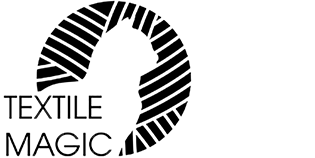0грн.
CheckoutMethods of weaving in the tissues: satin, bayonet, ravenfors, satin, percale, jacquard

The fabric is obtained in the process of joining the threads with special looms. The thread itself can be interlaced either along the material or perpendicular to each other. The location of the threads has a wick of the front and back sides in the future of the finished product. Moreover, the kind of weave affects the strength, density, elongation, and also the thickness of the fabric.
There are many types of interweaving, so for convenience and understanding, we select several classifications.
The first is so-called simple interlacing, which has its own classification and is divided into: satin, linen, satin and twill. Their main characteristic is that the main thread has only one intersection with perpendicular threads. The surface of the fabric with such interlacing turns matte and even, the front and back sides practically do not differ. At the output material is very dense and durable.

The canvas made by satin and satin methods is characterized by a fairly smooth and shiny surface. Using these types of interlacings, you can get such kinds of fabrics as: silk, satin, staple (used for tailoring of pajamas) and corset fabrics. Their disadvantages are visible during sewing, as the fabric slides and requires more careful work.
With linen weaving we get a cloth weaving, which has a cotton structure, of which sew bed linen. This canvas is considered natural, therefore very popular and demanded.
Large-walled (jacquard) weave is created using a weaving machine that has a jacquard machine. Here are set very complex and varied intersections of threads. These include, for example, flower arrangements, various ornaments or portraits. These interlacings are also divided into their subgroups: complex and simple. Complexes are created using three or more sets of threads, and simple ones from two. Using simple interlacing, we can get napkins, tablecloths or towels. And while working with complicated jacquard weave, we get a tapestry.
Special cruciform weaving allows you to get a percale cloth, which thanks to this technique turns out to be quite soft and durable.
As for the improvement of technology, it is worth noting the fabric of ranfors, because with the help of special interweaving diagonally, very practical material is obtained. All other cotton fabrics are created by cross-stitching of threads. This enhancement helped get a cloth with a smooth surface and a dense structure at the exit. All types of interweaving are unique in their own way and each has its own application.
